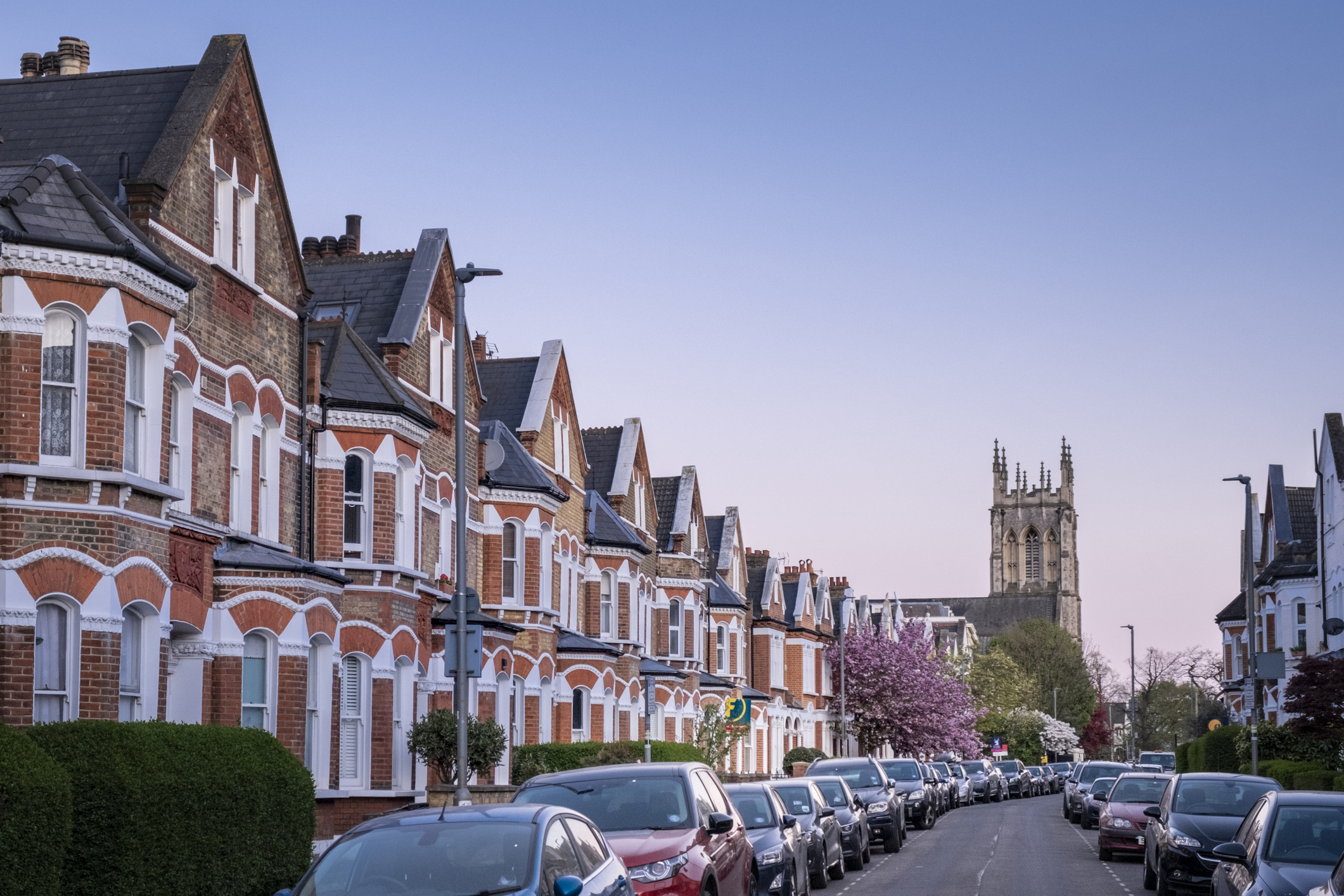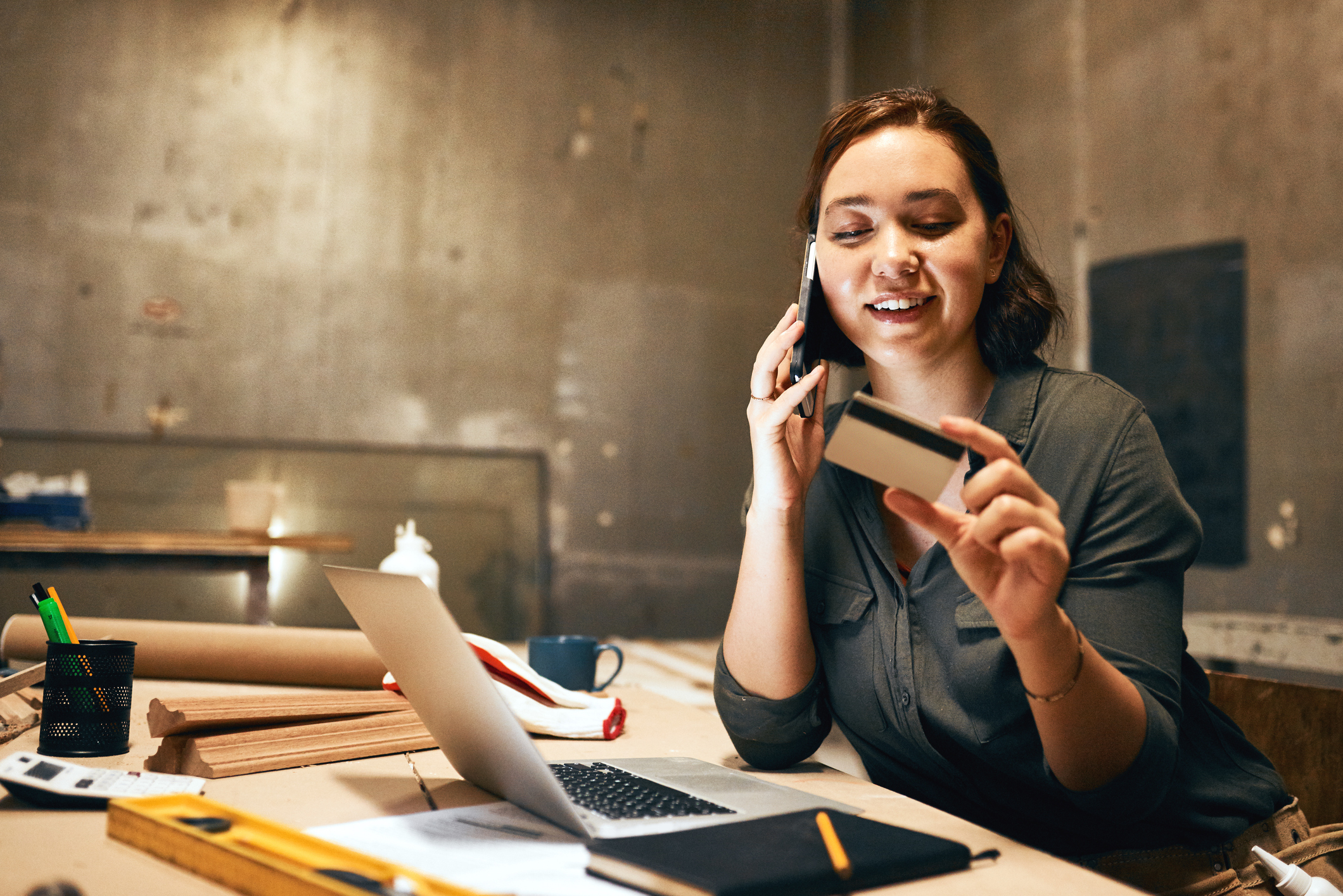Will mortgage rates fall this year?
Mortgage lenders are battling it out for business before the end of the year. Whether you're buying a home, remortgaging or you’re a buy-to-let landlord, we look at the outlook for mortgage rates this year and into 2026

Sam Walker

A mortgage price war could be on the cards after a major lender slashed rates – but what’s in store for the rest of 2026?
HSBC kickstarted the new year by dropping rates on a host of deals with experts suggesting it could prompt other lenders into cutting rates.
Nick Mendes, mortgage technical manager at broker John Charcol, said: “HSBC’s move is a clear signal of how competitive the market remains, particularly as it’s cut across a broad range of fixed rates rather than making a narrow, headline-grabbing change.
MoneyWeek
Subscribe to MoneyWeek today and get your first six magazine issues absolutely FREE

Sign up to Money Morning
Don't miss the latest investment and personal finances news, market analysis, plus money-saving tips with our free twice-daily newsletter
Don't miss the latest investment and personal finances news, market analysis, plus money-saving tips with our free twice-daily newsletter
“I do expect other lenders to follow, but probably in a measured and selective way rather than through sweeping cuts.”
The average two-year fixed residential mortgage rate is 4.81%, as of 5 January 2026, down from 5.48% at the start of January 2025, according to Moneyfacts.
Meanwhile, the average five-year fixed rate was 4.89% as of 5 January, 2026, a fall from 5.25% at the start of January 2025.
What’s in store for the rest of 2026 though? With the Autumn Budget uncertainty firmly behind us and hopes of interest rate cuts in the coming weeks and months, could homebuyers and borrowers be set for a boost?
We take a closer look at the outlook for the year.
Which mortgage lenders are lowering rates?
HSBC reduced rates on a host of remortgage, home mover, first-time buyer and switcher mortgages on 5 January.
Smaller lender Generation Home also cut rates on a host of deals by up to 20 basis points.
The best deals can disappear quickly though if there is lots of demand so borrowers should act fast if they are ready to buy or remortgage.
Looking to remortgage? We reveal how to get the best deal.
What is the forecast for mortgage rates?
At its last meeting in December, the Bank of England’s Monetary Policy Committee (MPC) narrowly voted by 5-4 to reduce the base rate from 4% to 3.75%. The four dissenters voted to maintain it at 4%.
In the longer-term, HSBC has predicted the base rate will fall to 3% by the end of 2026 as inflation slows further. The latest Consumer Price Index (CPI) measure read 3.2% in November, according to the Office for National Statistics (ONS).
Stephanie Charman, chief executive of the trade body the Association of Mortgage Intermediaries, predicted the base rate settling around 3-3.25% in 2026. Any falls in the base rate should feed into mortgage rates.
Should you fix your mortgage?
If the last three years of rises and falls have told us anything, it's that predicting falls in mortgage rates is not an exact science. So, if you have one of the estimated 1.8 million fixed mortgage rates that is expiring this year, according to UK Finance, should you opt for another fixed deal?
Fixed rates can offer you certainty over what you’ll pay in interest over the course of the deal.
However, Mendes said a lot of lenders had already priced predicted falls in the base rate for 2026 into their deals in January, with a lot of some of the best two and five-year fixes below base rate.
“Fixed rates are likely to edge down more slowly than Bank Rate itself and could start to level off as we get closer to that ‘final resting place’,” Mendes added.
“Competition between lenders is still intense, which should keep downward pressure on rates, but the scope for sharp further falls looks limited unless expectations shift meaningfully lower.”
What about variable mortgage rates?
The average Standard Variable Rate (SVR) was an eye-watering 7.25% as of 5 January, according to Moneyfacts. The average two-year tracker was 4.42%.
Those on a high SVR would be wise to switch onto a fixed rate now. Even if fixed rates fall further, the money saved from getting rid of an expensive SVR earlier could make it worth it.
Anyone holding out for interest rates to fall further could opt for a tracker mortgage.
David Hollingworth, of mortgage broker London & Country, said: “Anyone that is sitting on a standard variable rate because they are hoping for more drops in fixed deals should consider whether a tracker would be a better option.
“The SVR is likely to be substantially higher and even if fixed rates do reduce over time, each month on SVR could be costing a lot more.”
What about buy-to-let rates?
According to Moneyfacts on 5 January , the average two-year buy-to-let mortgage rate is 4.70%, while the average five-year BTL rate is 5.11%.
These rates seem quite competitive compared to how high they have been over the past few years. Buy-to-let mortgage rates were pushing 7% in the summer of 2023.
Landlords will be hoping for a further fall in mortgage rates this year, to help offset the 5% stamp duty surcharge, less generous mortgage interest tax relief and higher income tax charges on property introduced in the 2025 Autumn Budget.
What mortgage support is available?
Mortgage rates are much higher than when many people would have last remortgaged. Millions of homeowners will be coming off rates as low as 1% or 2%.
If you’re struggling to make your mortgage repayments, the good news is that lenders representing 90% of the mortgage market have signed up to the government’s mortgage charter. They include the big banks like Halifax, HSBC and Santander and building societies like Nationwide, Leeds and Skipton.
The charter is a series of support measures intended to help those in difficulty. Borrowers will be able to make a temporary change to their mortgage for six months to give them some breathing space, such as switching to interest-only payments or extending their mortgage term to reduce their monthly payments. Customers have the option to revert to their original term within six months by contacting their lender.
About 1.7 million mortgages have benefitted from the mortgage charter since it was introduced in June 2023, according to the City watchdog.
Meanwhile, there is a 12-month delay before repossession proceedings can start against those who have missed payments. Regardless of whether your lender has signed up to the charter, all lenders also have a range of measures in place for customers experiencing difficulties.
Should I overpay my mortgage?
If you’ve got some spare cash and you're on a low rate, overpaying your mortgage can be a good way to protect yourself before your mortgage deal expires and you have to remortgage at a higher rate.
Our mortgage overpayment calculator shows how your monthly repayments will change and help you decide if it is worth it.
Get the latest financial news, insights and expert analysis from our award-winning MoneyWeek team, to help you understand what really matters when it comes to your finances.

Ruth is an award-winning financial journalist with more than 15 years' experience of working on national newspapers, websites and specialist magazines.
She is passionate about helping people feel more confident about their finances. She was previously editor of Times Money Mentor, and prior to that was deputy Money editor at The Sunday Times.
A multi-award winning journalist, Ruth started her career on a pensions magazine at the FT Group, and has also worked at Money Observer and Money Advice Service.
Outside of work, she is a mum to two young children, while also serving as a magistrate and an NHS volunteer.
- Sam WalkerStaff Writer
-
 More than five million taxpayers overpay with wrong tax codes – how to check yours is right
More than five million taxpayers overpay with wrong tax codes – how to check yours is rightHMRC overcharged taxpayers £3.5 billion in income tax the latest data shows, with tax coding errors largely to blame. Accountants say it is “essential” people check their tax codes to avoid being hit with higher bills.
-
 Profit from pest control with Rentokil Initial
Profit from pest control with Rentokil InitialRentokil Initial is set for global expansion and offers strong sales growth
-
 Nationwide: House price growth slows but market remained resilient despite Budget worries
Nationwide: House price growth slows but market remained resilient despite Budget worriesThe average price of a house in the UK was £272,998 in November, as annual house price growth slowed to just 1.8%, Nationwide said.
-
 Nationwide promises to protect all its branches from closures until at least 2030
Nationwide promises to protect all its branches from closures until at least 2030The building society has extended its pledge to keep all high street Nationwide and Virgin Money branches open, now until at least 2030.
-
 Nationwide Building Society launches £175 switching deal – who is eligible?
Nationwide Building Society launches £175 switching deal – who is eligible?Nationwide Building Society has launched a new current account switching deal. We look at whether you are eligible, and how to get the free cash.
-
 Green mortgages: how do they work and how much can you save?
Green mortgages: how do they work and how much can you save?Most high-street lenders now offer some kind of green mortgage deal. We look at who’s eligible, how to apply and the mortgage rates and cashback on offer
-
 London house prices to outperform rest of UK, says economist
London house prices to outperform rest of UK, says economistAfter years of underperformance, London house prices are set to grow faster than the rest of the country, according to Capital Economics. We look at the reasons behind this forecast – and whether other experts agree
-
 Thousands of Brits switch to Nationwide, Co-operative Bank and Monzo – which banks are least popular?
Thousands of Brits switch to Nationwide, Co-operative Bank and Monzo – which banks are least popular?As current account bank switches reach a record high, we look at the most and least popular banks and building societies among Brits. Is it worth switching?
-
 Did you get the £100 Nationwide bonus? Here’s how to check
Did you get the £100 Nationwide bonus? Here’s how to checkNationwide finished paying its £100 Fairer Share bonus last week. We explain what to do if you didn’t get it but think you’re eligible
-
 Nationwide to pull its £175 switching bonus - act now to get offer
Nationwide to pull its £175 switching bonus - act now to get offerThe building society is withdrawing its bank switching offer at the end of the month, after gaining thousands of customers last year. We explain how to qualify for the current account switching bonus